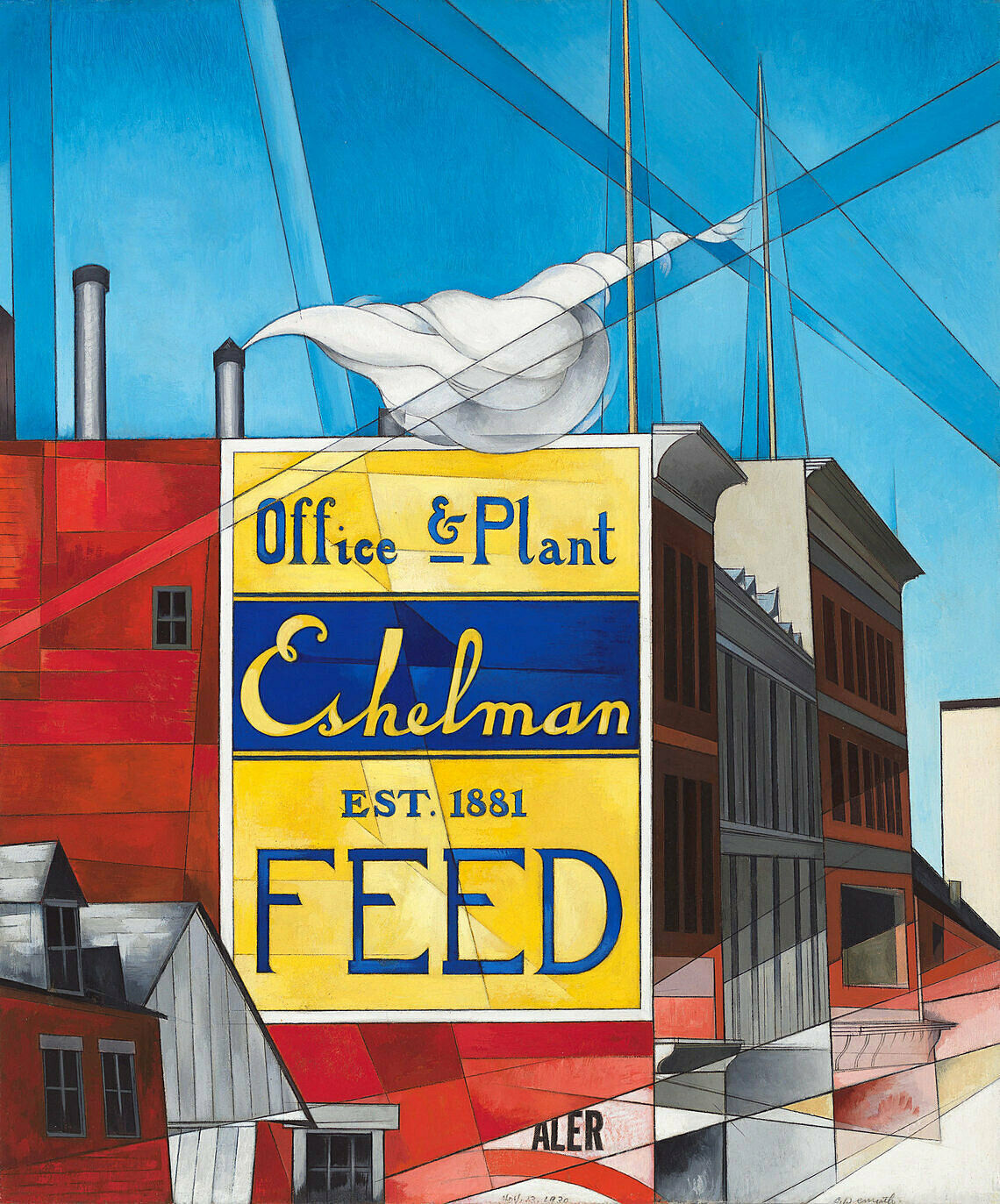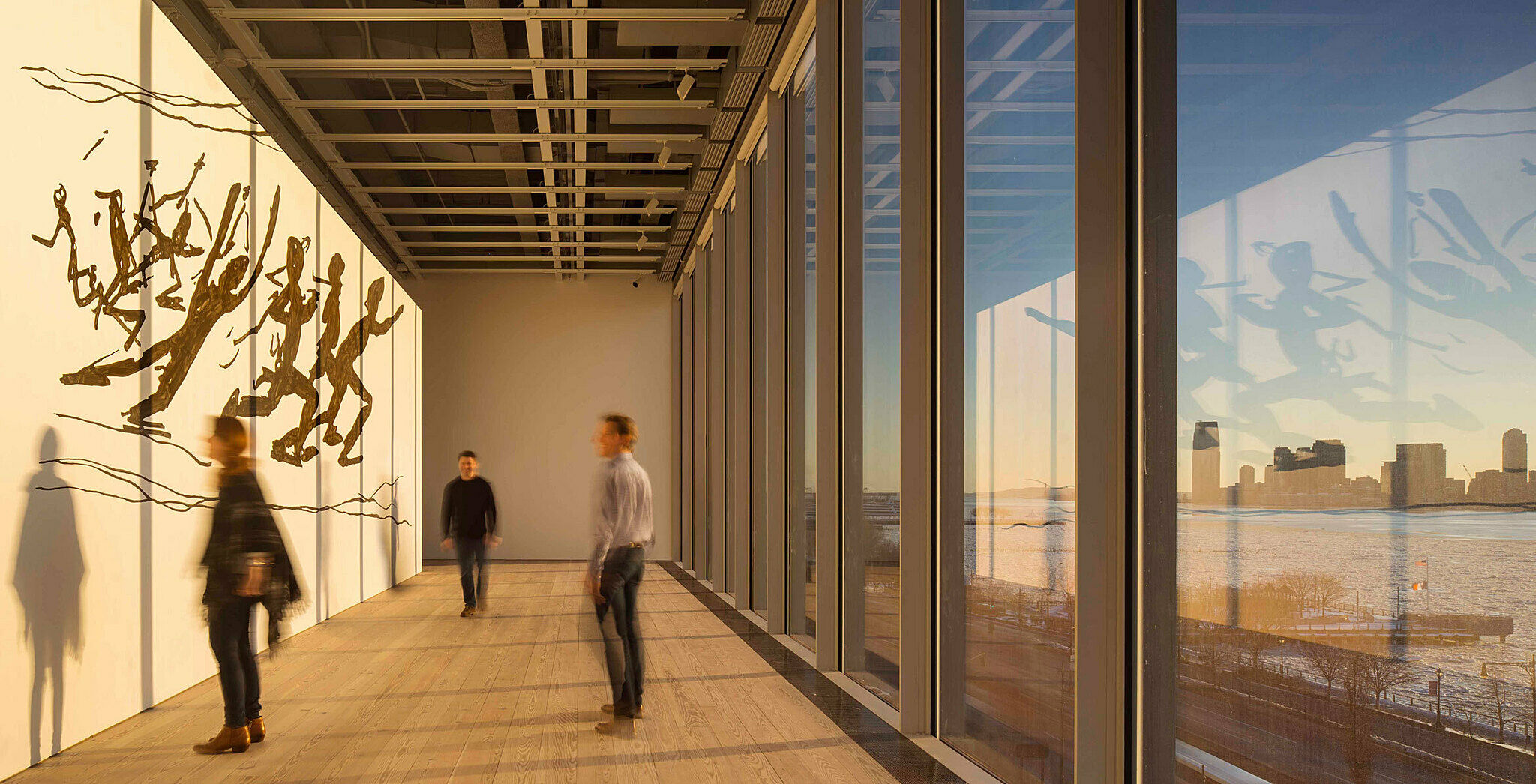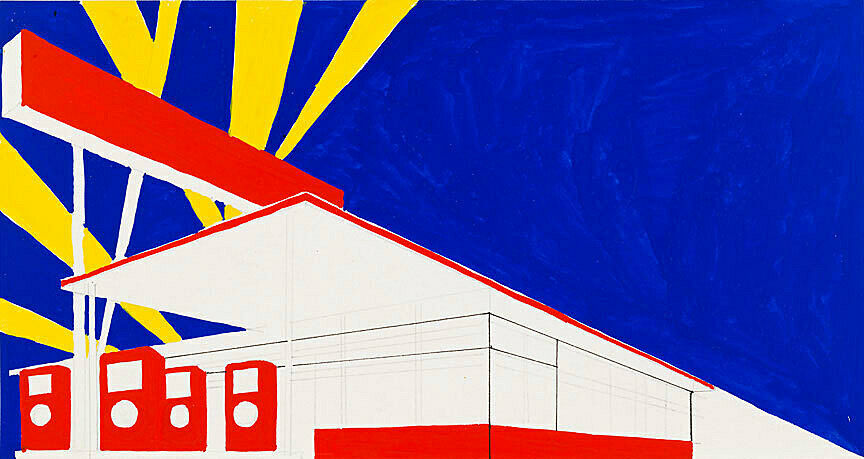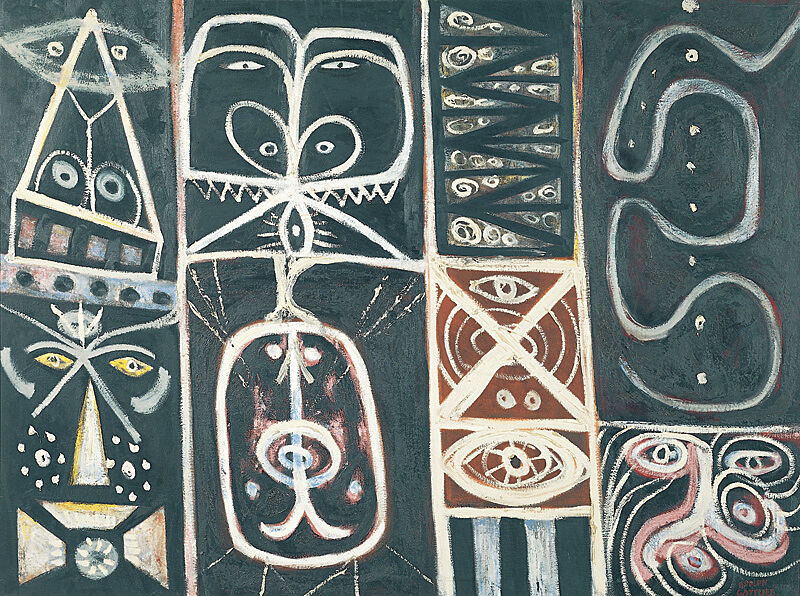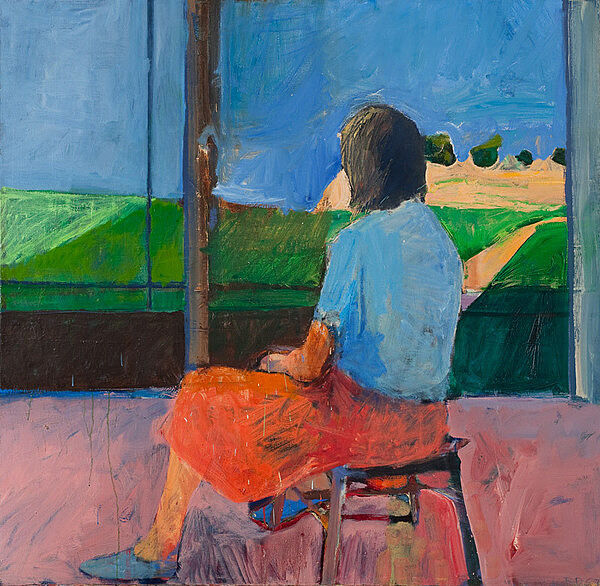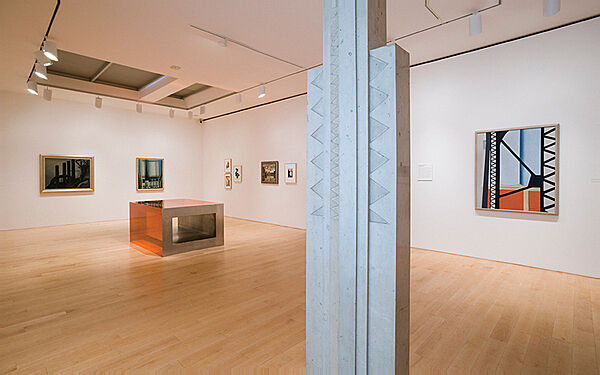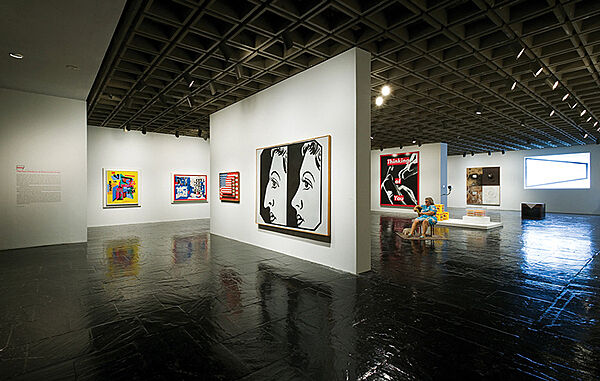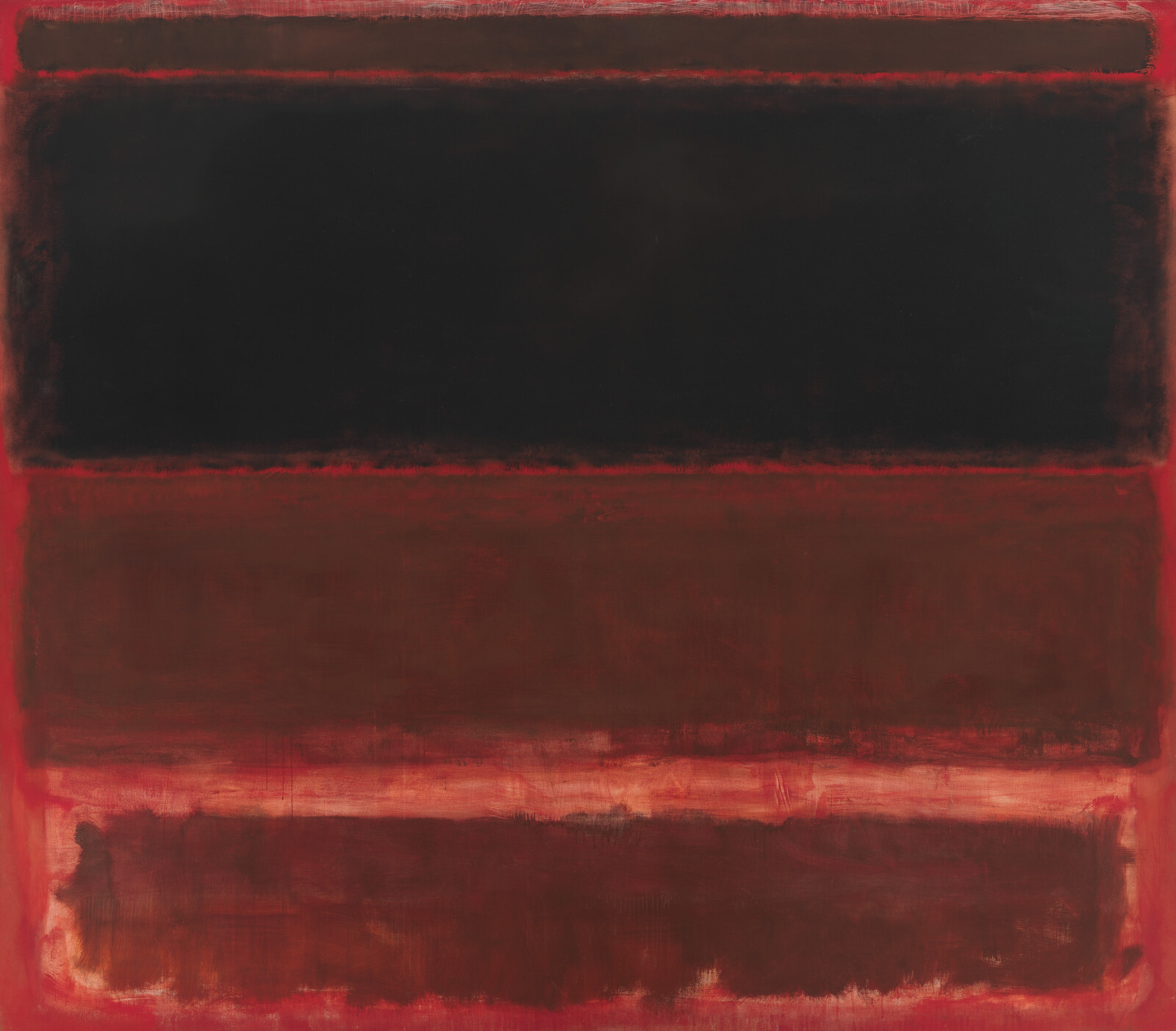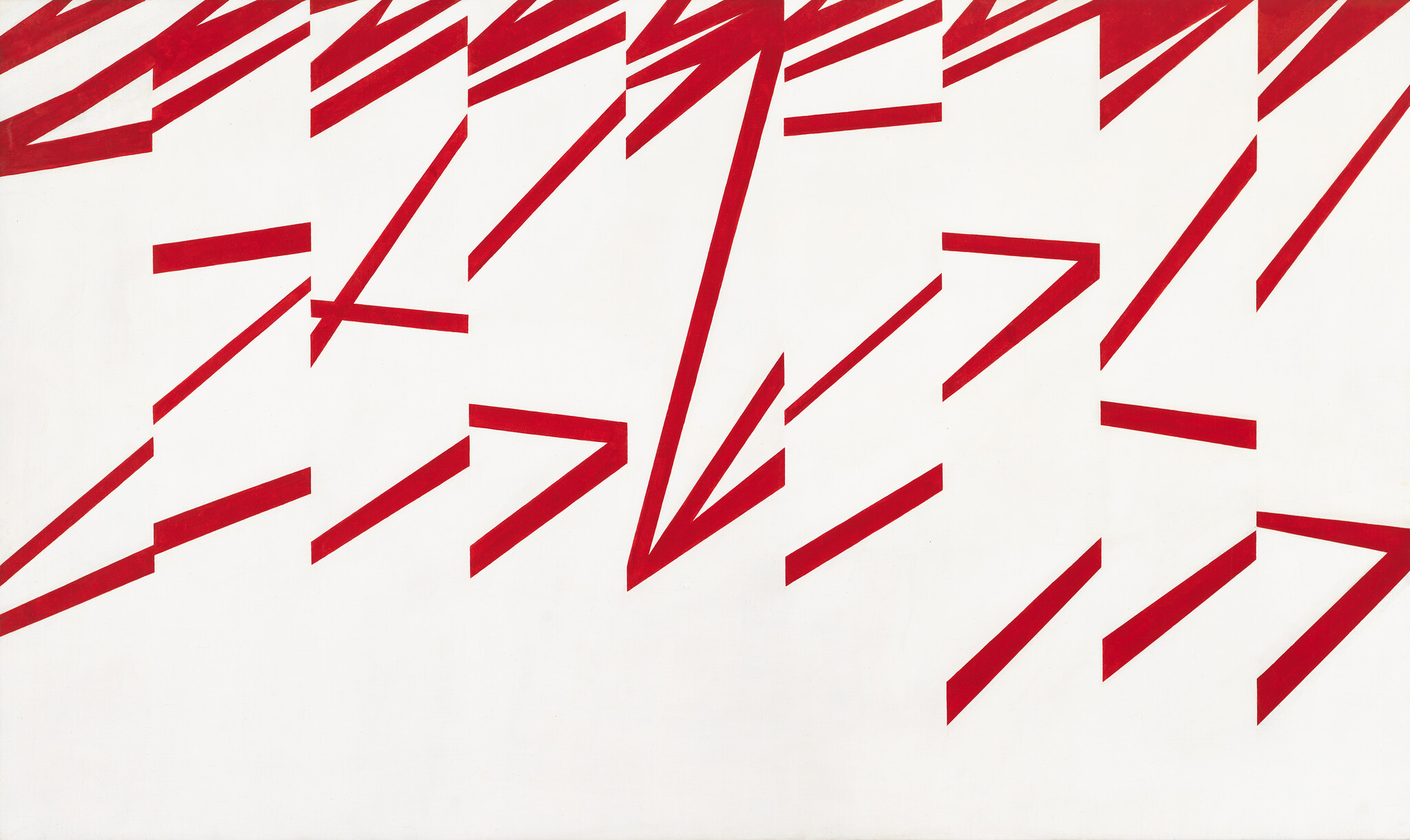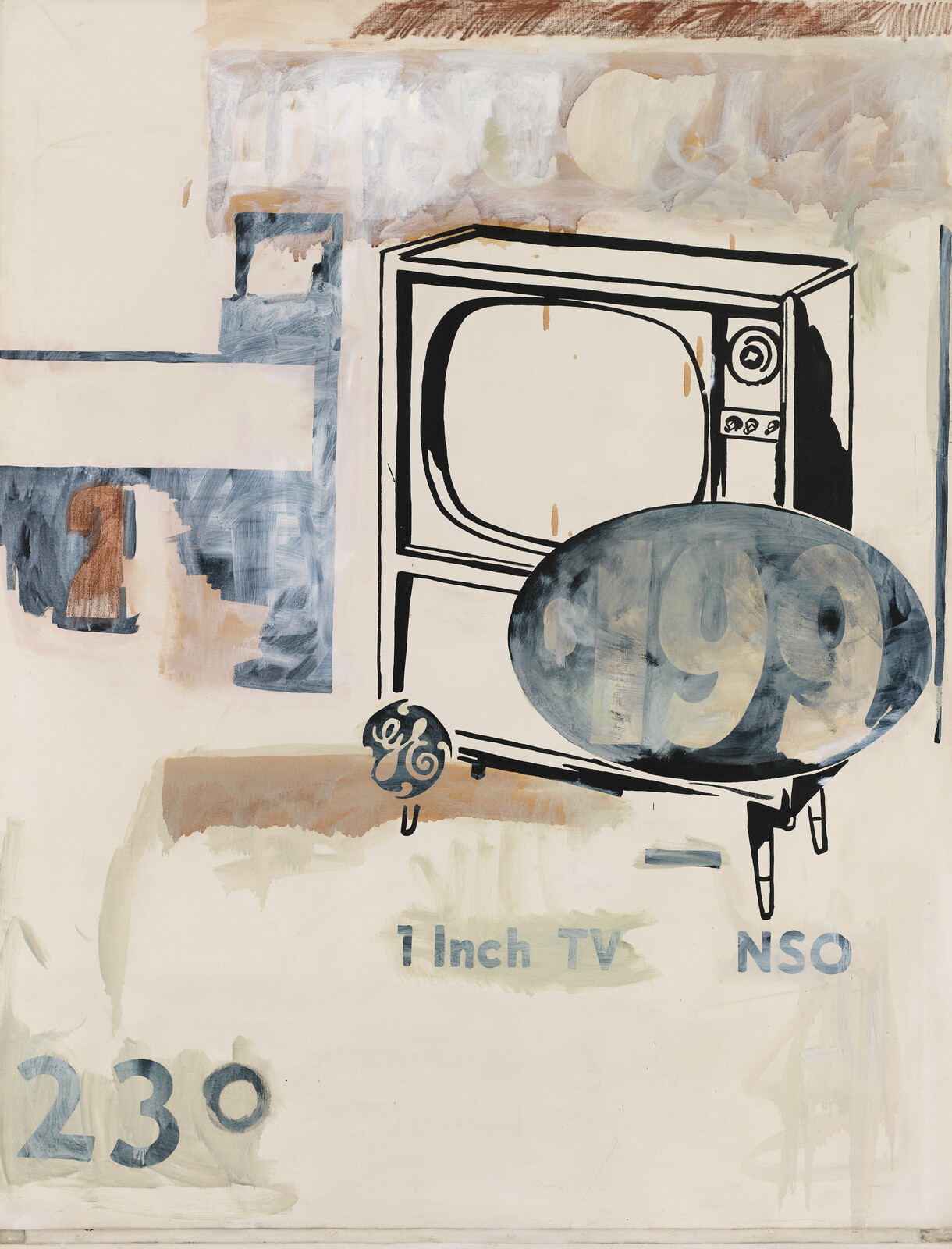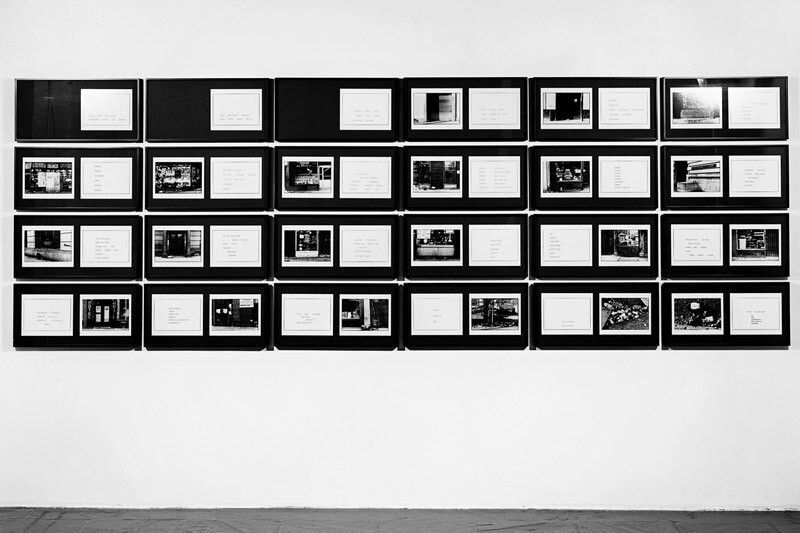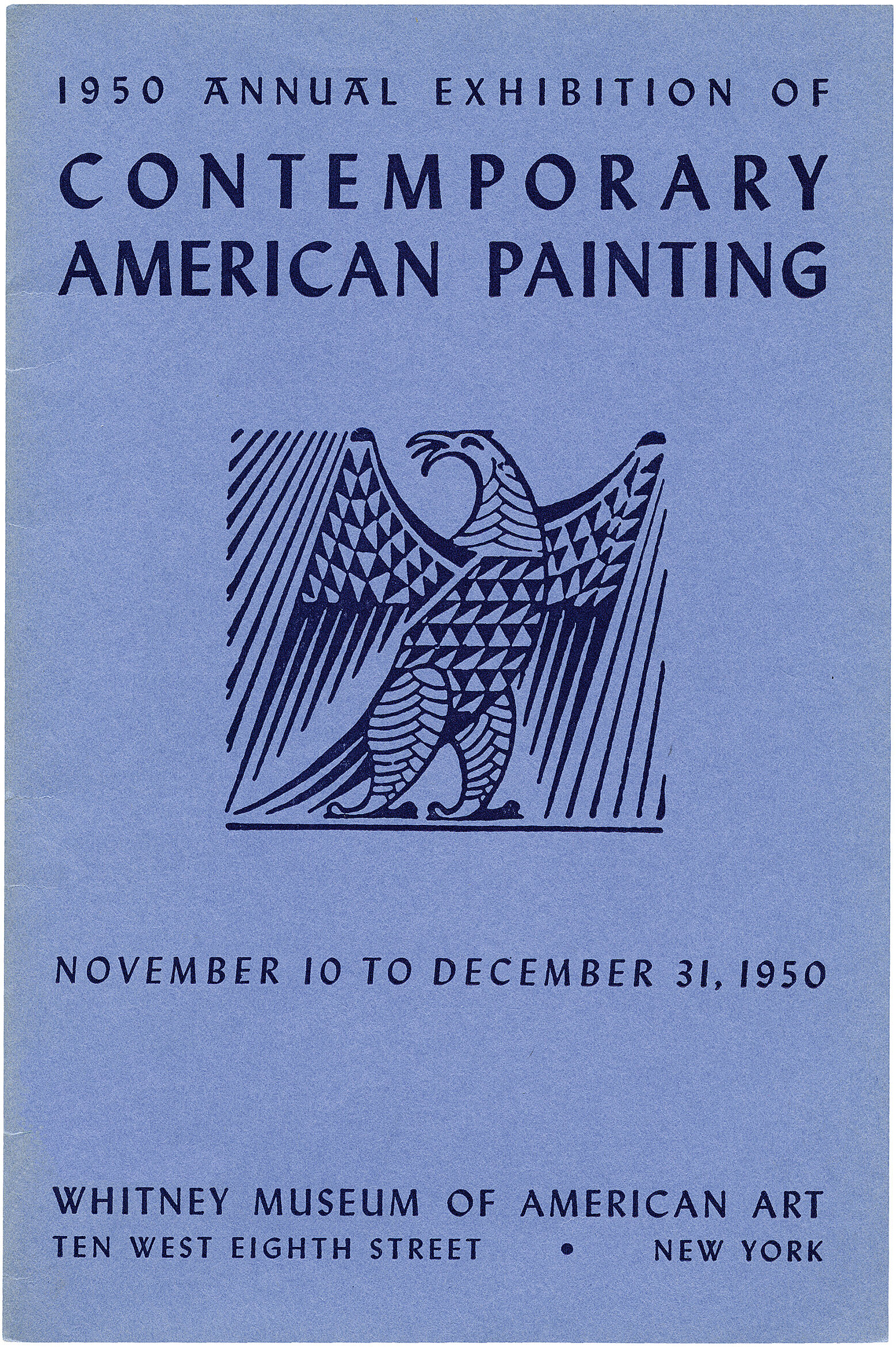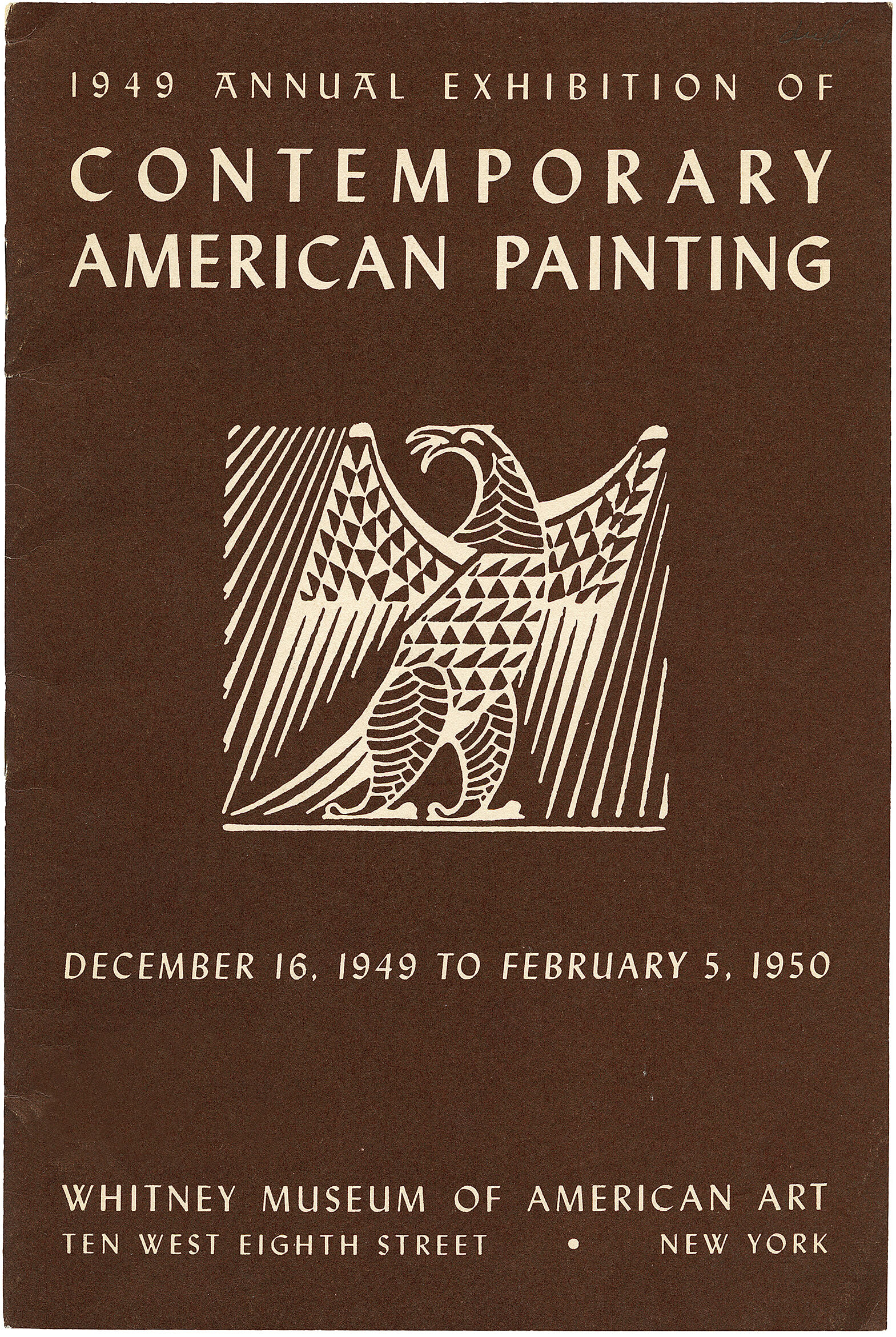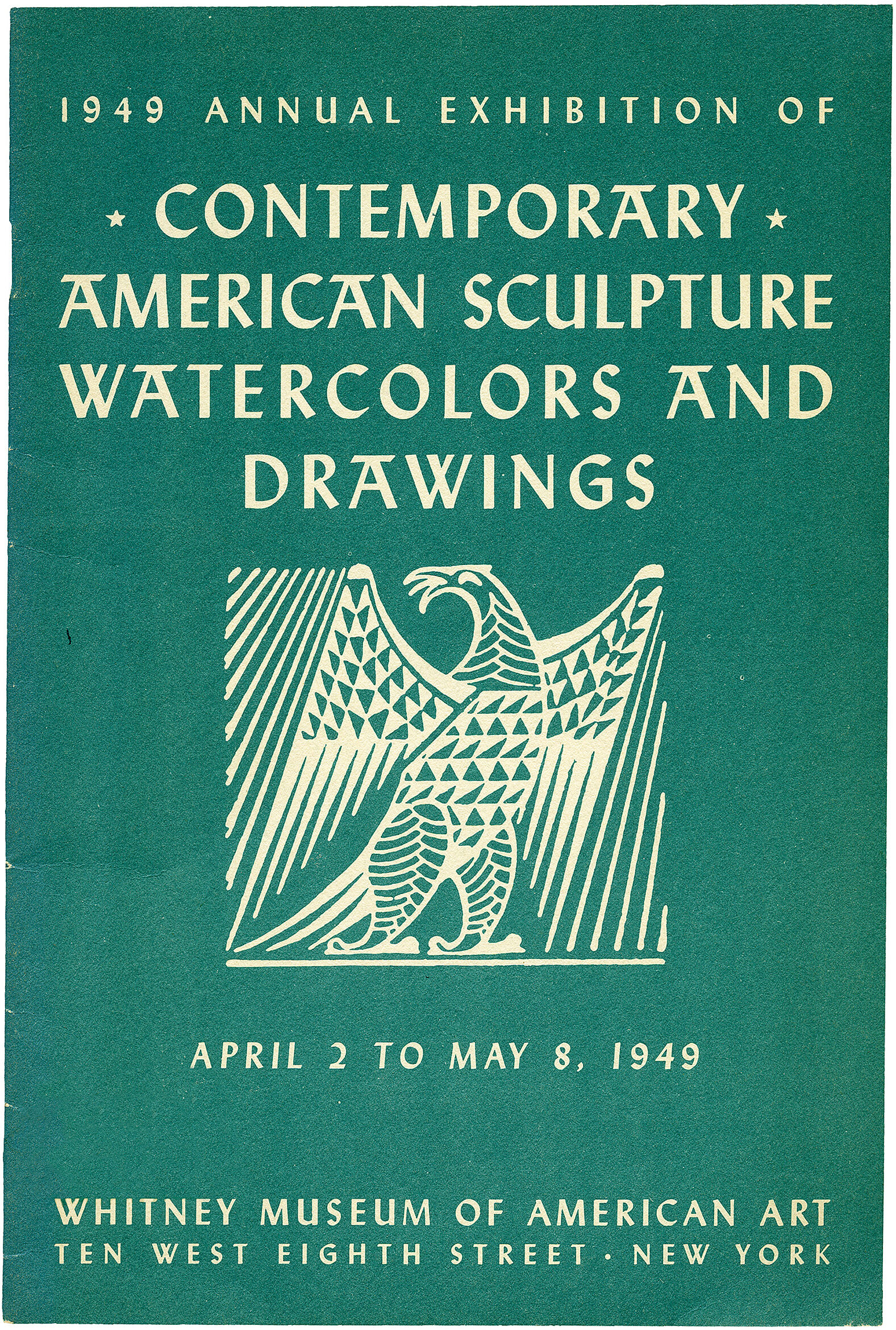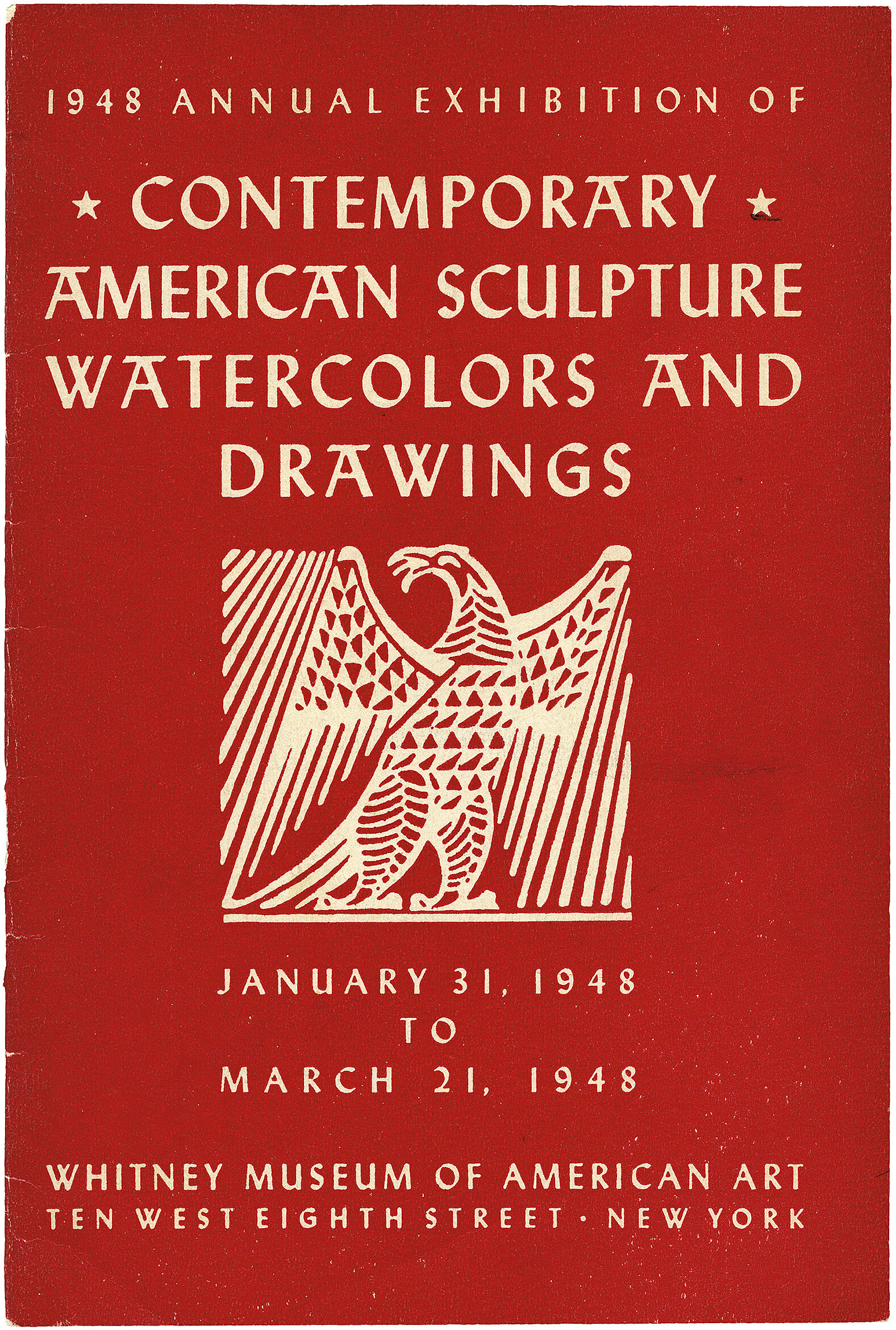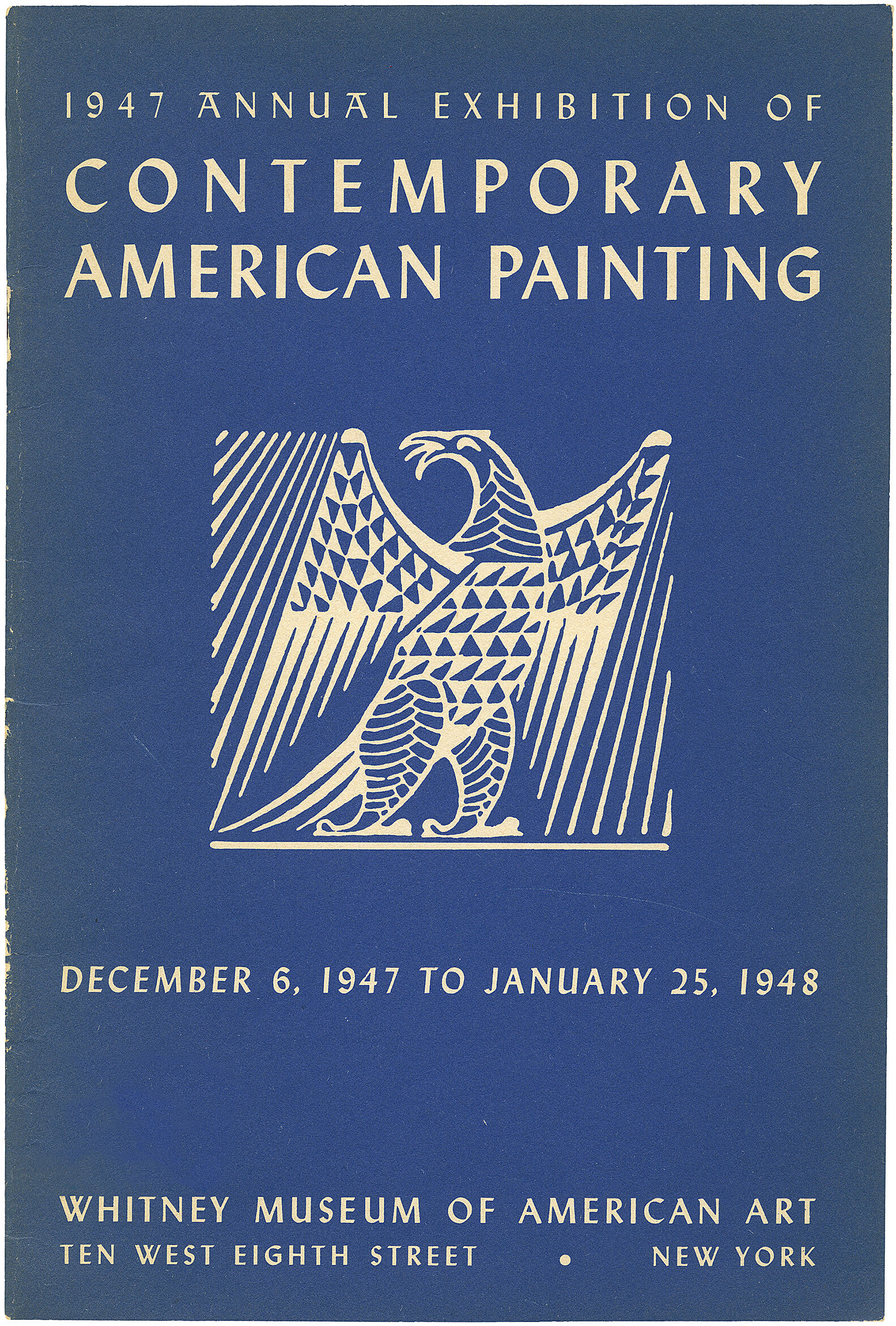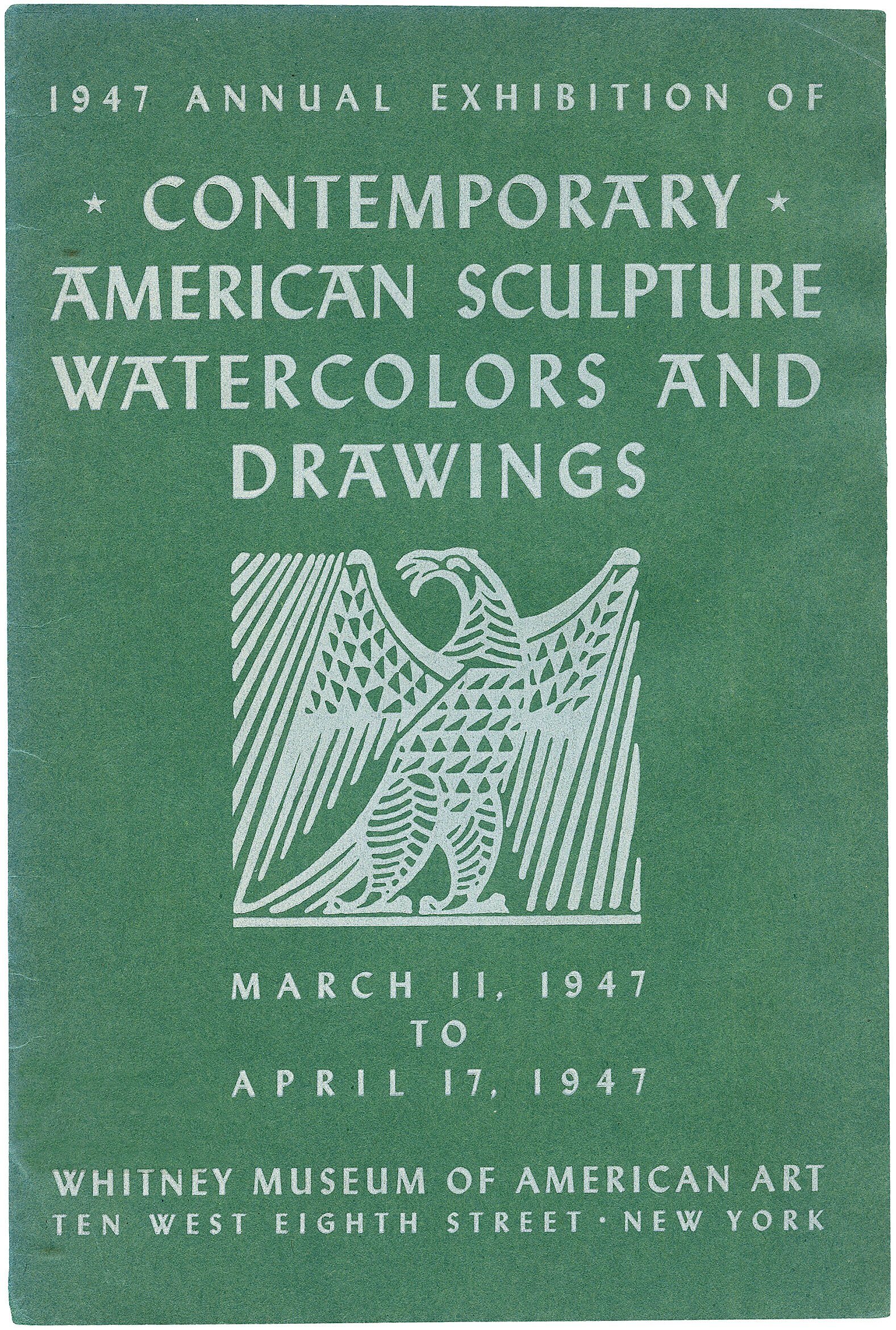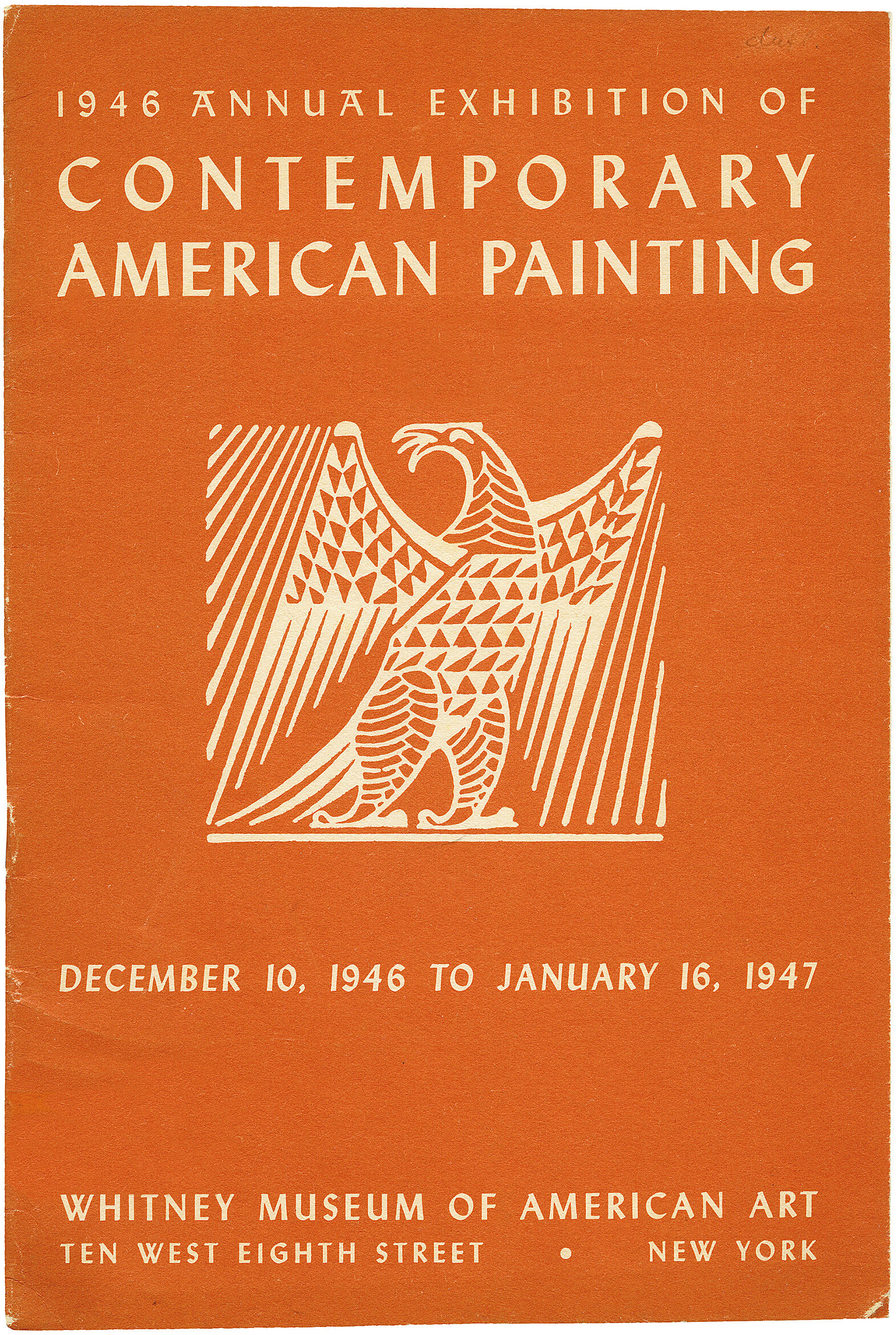Mark Rothko
1903–1970
Born in Dvinsk, Russia (now Daugavpils, Latvia), Mark Rothko emigrated at the age of ten to the United States, where he became a leading member of the Abstract Expressionist circle of painters that emerged in New York during the 1940s. In the early years of his career, Rothko painted Surrealist-inflected works in which he used forms derived from primitive totems and mythologies to commune with the epic and tragic events of ancient epochs—which corresponded, he believed, to the horrors and devastation wrought by World War II.
By the late 1940s, Rothko shifted to pure abstraction, filling his canvases with stacked horizontal bands of luminous color in order to express what he described as “basic human emotions—tragedy, ecstasy, doom.” He would continue to explore this format in various iterations for the duration of his career. These works came to epitomize the branch of Abstract Expressionist painting known as Color Field—defined by subtly modulated chromatic compositions that were distinct from the agitated gesturalism of painters such as Jackson Pollock and Willem de Kooning. Four Darks in Red belongs to a group of dark, somber-toned works from the late 1950s. For these works Rothko painted on an increasingly large scale, a format he also employed in a contemporaneous mural commission (ultimately abandoned) for the Seagram Building in New York. The painting’s black and maroon hues, layered in thin, atmospheric veils over a vivid red background, impart a sense of depth and muted radiance that envelops the viewer and commands total emotional and visual engagement.
Introduction
Mark Rothko ( ROTH-koh; Markus Yakovlevich Rothkowitz until 1940; September 25, 1903 – February 25, 1970) was an American abstract painter. He is best known for his color field paintings that depicted irregular and painterly rectangular regions of color, which he produced from 1949 to 1970. Although Rothko did not personally subscribe to any one school, he is associated with the American abstract expressionism movement of modern art.
Born to a Jewish family in Daugavpils, Latvia, then part of the Russian Empire, Rothko emigrated with his parents and siblings to the United States, arriving at Ellis Island in late 1913 and originally settling in Portland, Oregon. He moved to New York City in 1923 where his youthful period of artistic production dealt primarily with urban scenery. In response to World War II, Rothko's art entered a transitional phase during the 1940s, where he experimented with mythological themes and Surrealism to express tragedy. Toward the end of the decade, Rothko painted canvases with regions of pure color which he further abstracted into rectangular color forms, the idiom he would use for the rest of his life.
In his later career, Rothko executed several canvases for three different mural projects. The Seagram murals were to have decorated the Four Seasons Restaurant in the Seagram Building, but Rothko eventually grew disgusted with the idea that his paintings would be decorative objects for wealthy diners and refunded the lucrative commission, donating the paintings to museums including the Tate Gallery. The Harvard Mural series was donated to a dining room in Harvard's Holyoke Center (now Smith Campus Center); their colors faded badly over time due to Rothko's use of the pigment lithol red together with regular sunlight exposure. The Harvard series has since been restored using a special lighting technique. Rothko contributed 14 canvases to a permanent installation at the Rothko Chapel, a non-denominational chapel in Houston, Texas.
Although Rothko lived modestly for much of his life, the resale value of his paintings grew tremendously in the decades following his suicide in 1970. His painting No. 6 (Violet, Green and Red) sold in 2014 for $186 million.
Wikidata identifier
Q160149
Information from Wikipedia, made available under the Creative Commons Attribution-ShareAlike License . Accessed January 2, 2026.
Introduction
Noted as one of the primary artists of Abstract Expressionism and color field painting. Rothko moved to Portland in 1913. He attended Yale University for two years before moving to New York in 1925, where he attended the Art Students League and studied under Max Weber. He was a founding member of a group of abstract painters called Ten. In 1936, Rothko worked with the WPA Federal Art Project in the easel painting division. In 1945, he had a solo show in Peggy Guggenheim's Art of This Century gallery in New York. He also taught at the California School of Fine Arts in San Francisco with Clyfford Still. Rothko finished his first commission in 1958, a monumental painting for the Four Seasons restaurant in New York. He also painted murals for Harvard University and a chapel in Houston, which was dedicated to him after his death. Rothko committed suicide on February 25, 1970, in New York.
Country of birth
Latvia
Roles
Artist, abstract artist, painter
ULAN identifier
500014869
Names
Mark Rothko, マーク・ロスコ
Information from the Getty Research Institute's Union List of Artist Names ® (ULAN), made available under the ODC Attribution License. Accessed January 2, 2026.

